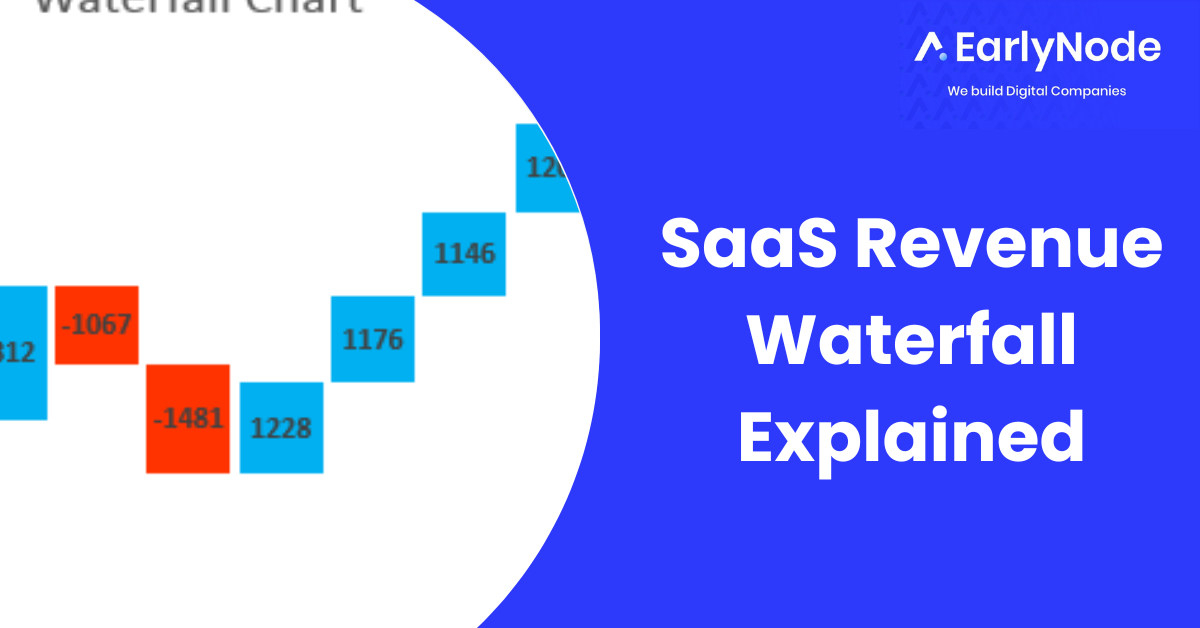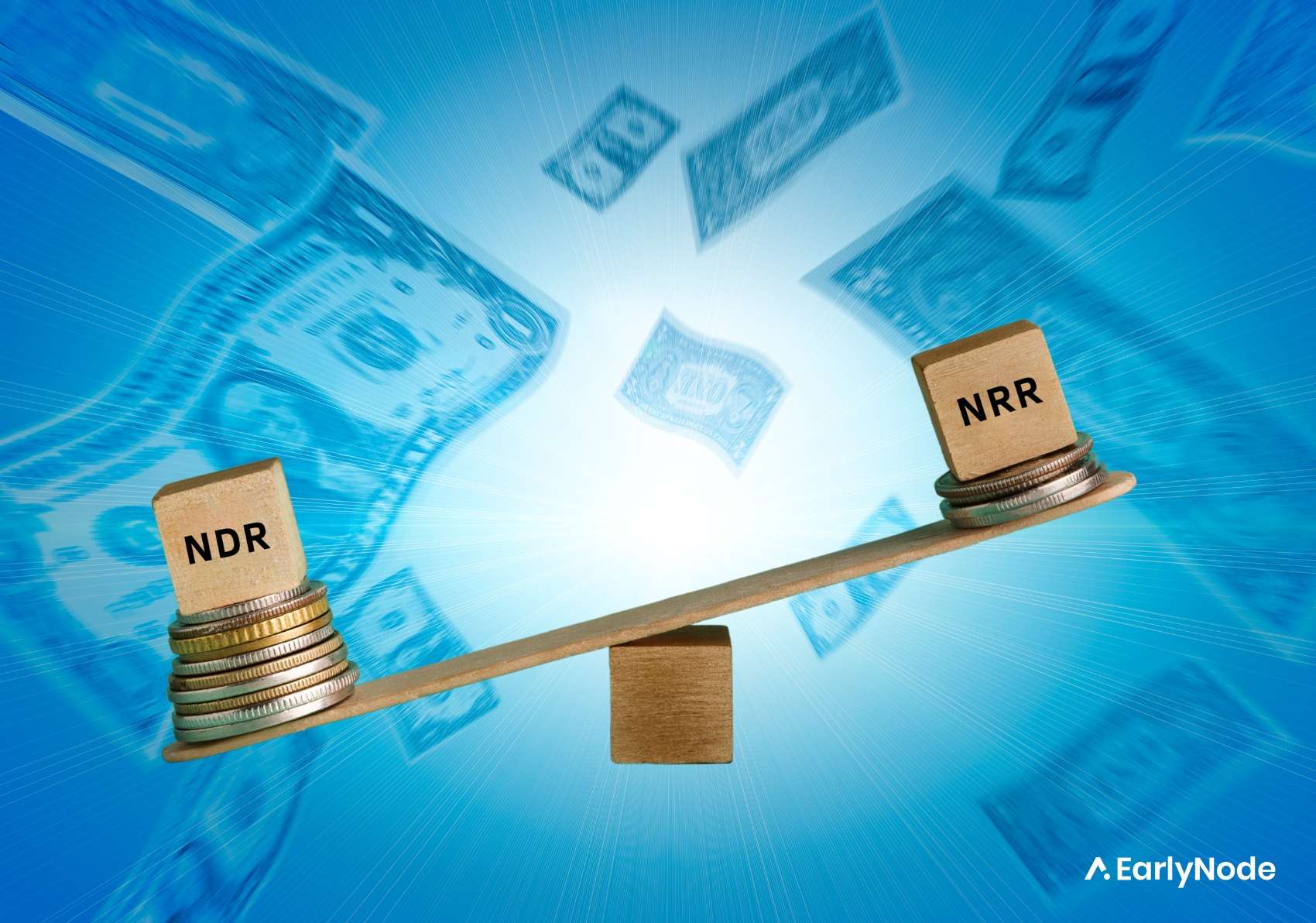Calculating Your Gross Revenue Retention Rate (GRRR)

As a SaaS founder, you’re probably well-familiar with the term “net revenue retention rate.” But what about the gross revenue retention rate? You might be surprised to learn that your GRRR is a much more important metric to track. Here’s why.
Difference between GRR and NRR
Your net revenue retention (NRR) is the percentage of recurring revenue you retain from existing customers over a period. In other words, it’s a measure of how much of your customer base you keep each month, quarter, or year. More importantly, it includes all upgrades, cross-sales, downgrades, and cancellations.
On the other hand, gross revenue retention (GRR) is the percentage of recurring revenue you retain without including any expansion revenue but can consist of downgrades. So this metric gives a clearer picture of your actual growth as it’s closer to your customer retention.
Note that NRR and GRR are not the same as customer retention. Customer retention merely shows how many clients you retain, while the other two metrics deal with revenue. In other words, NRR measures how well you keep revenue from your existing customers, while GRR estimates how well you grow revenue from your current customers. And when it comes to sustainable growth, GRR is king.
Why should you monitor your GRRR?
As we said, GRRR is the closest metric resembling customer retention. For example, a high GRRR shows that you have a sticky product. Stickiness refers to how users keep coming back to your product (sticking around) because it’s valuable and useful.
Secondly, since a high GRRR means you’re doing a good job retaining your customers, you’re also reducing your customer acquisition costs (CAC). It costs five times more to attract a new customer than to keep an existing one, so keeping your customers on your side is vital to remain profitable.
Gross Revenue Retention Rate Formula
(Recurring Revenue at beginning of period – Churn) / Recurring Revenue at beginning of period
Let’s take an example:
Let’s say you have 5000 customers, each paying $40 at the beginning of May, and 200 churn during the month:
GRR = (200,000 – 8000)/200,000 = 96%
A more complex formula takes client downgrades into account:
GRR =(RR at beginning of period – downgraded RR during the period – canceled RR during period) / (RR at the beginning of the period)
For example:
Suppose you have 5000 customers at the beginning of May, each paying $40. During the month, 100 customers cancel, 150 upgrade their package to $60, and 50 downgrade by $20 each.
MRR at the beginning of May = $200,000.
Churn = 100 x $40 = $4,000
Downgrade = ($20 x 50) = $1000
GRR = ($200000 – $1000 – $4000)/$200,000 = 97.5%
NB: Upgrades are not considered because they are expansion revenue.
Gross Revenue Retention Rate benchmarks
The maximum possible value is 100%, but that’s nearly impossible to achieve. For that to happen, you’ll have to attain zero churns, with none of your users downgrading their package. The average GRRR for SaaS companies is about 90%. For a B2B SaaS company, an 80% mark is good.
How to Improve your GRRR
Customers love a brand that cares, and brands know that. Invesp says 89% of companies see customer experience as a critical factor driving customer loyalty and retention. Keep your customers satisfied with your product by offering active customer support and sharing tips to help them succeed. They’ll, in turn, reward you by renewing their subscriptions.
Conclusion
GRRR is a vital retention metric. A high gross revenue retention rate shows high product stickiness. Improve your customer experience by considering the following:
- What are my customers’ goals?
- How can you help them achieve their goals?
- How do you measure success?
By improving your customer experience, you can increase your GRRR and improve your business’s bottom line.




